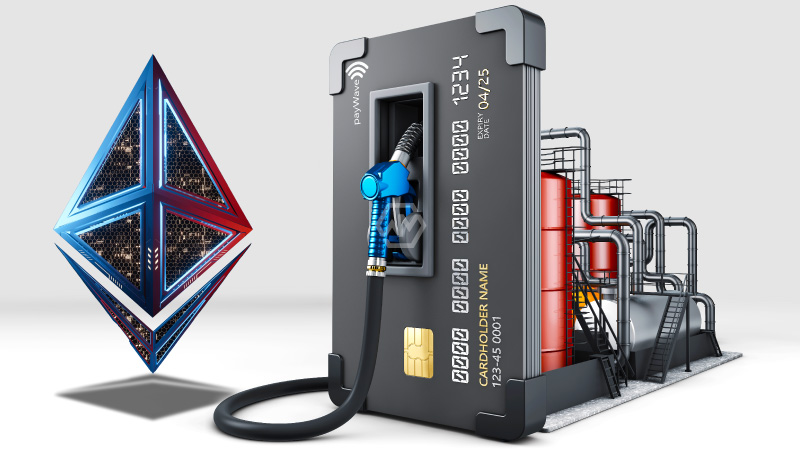- The immediate impact of expanding gas limits is more space for exchanges on each block.
- Hypothetically, expanding as far as possible makes a correlational increment in an organization’s throughput and limit.
- The drawback, however, is that the heap of equipment is additionally expanded, opening the gamble of organization spam and outside assaults.
- By and large, as far as possible has consistently expanded as the Ethereum network developed.
A gathering of Ethereum center designers has sent off another drive called “siphon the gas” to build the blockchain organization’s gas limit from 30 million to 40 million, determined to diminish exchange expenses on layer 1 by 15% to 33%.
Center Ethereum engineer Eric Connor and previous head of brilliant agreements at MakerDAO Mariano Conti disclosed the “siphon the gas” site on March 20, approaching independent speakers, client groups, pools, and local area individuals to help the drive.
New Initiative of Ethereum Core Developers
The Ethereum gas limit, which alludes to the most extreme measure of gas spent on executing exchanges or shrewd agreements in each block, has stayed at 30 million since August 2021. Gas is the specialized term in Ethereum brilliant agreements which alludes to the expense expected (in gwei, a unit of Ether) to finish an exchange or execute a shrewd agreement call.
Gas limits are normalized and set to guarantee that block sizes are kept up at a level that won’t over-burden or clog the Ethereum organization, influencing its presentation and synchronization. In light of explicit boundaries, validators can likewise progressively change as far as possible as blocks are created.
Ethereum prime supporter Vitalik Buterin noted in January that the three-year time span since August 2021 was the longest that the breaking point has not been raised. Buterin in this manner recommended a raise to 40 million back in January, dovetailing with comparative calls that have been picking up speed as of late.
The Siphon the Gas site likewise takes note of that information masses, presented in the Dencun update with EIP-4844, essentially diminished L2 exchange expenses, yet this was not recreated in L1 exchange charges. Ethereum designers behind the mission accept that a mix of masses and a 33% increment as far as possible to 40 million would help scale both L1 and L2 organizations.
Different restricting figures have raised worries about the expected effect of the proposed raise on the size of the blockchain state, for example, Ethereum designer Marius van der Wijden, said that admittance to (and alteration of) the blockchain state would steadily dial back over the long haul. This contention over the idea of “state development” is likewise reverberated by previous Ethereum boss decentralization official Evan Van Ness, who accepts that raising as far as possible ought to be done cautiously, referring to the horizontal impacts of EIP-4844 on block size.



